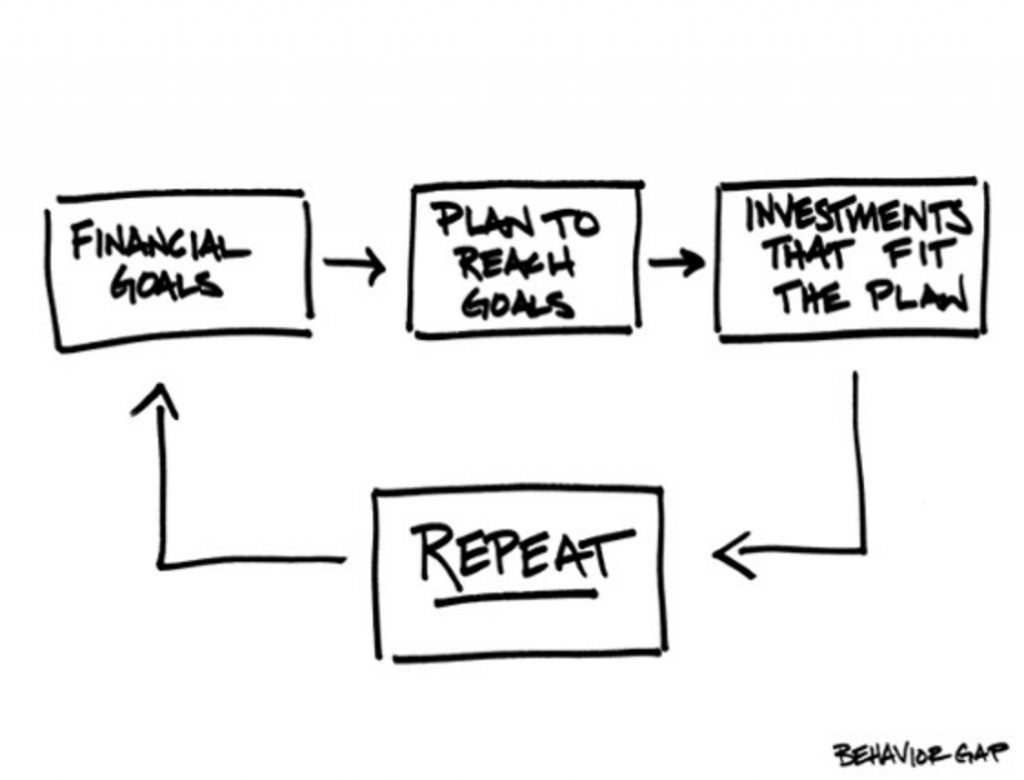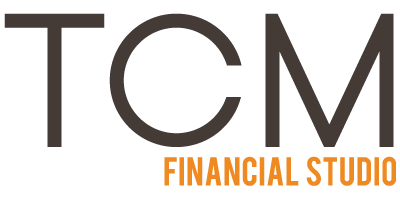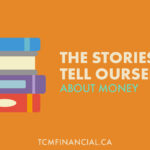RE: Leah Rintoul
Leah: What is the best plan for beginners who want to invest money? When starting out is it wise to spread out your investments or focus on one investment?
Great question Leah! I have outlined some points below for you to consider when starting to invest.
See #5 for the answer to the second half of your question.
1. Match Financial Planning Goal to Investment Portfolio – The investment portfolio should be tailored to the length of time you plan to invest the money. This sometimes means creating separate portfolios for different financial planning goals. 
2. RRSP, TFSA, or Non Registered – A financial projection will tell you whether to hold the investments in a Registered Retirement Savings Plan (RRSP), Tax Free Savings Account (TFSA), or non-registered savings account. A Certified Financial Planner can run these projections for you and set up the accounts if licensed to do so.
3. Asset Mix – Decide how much to allocate to different asset classes and stick to it. Implementing a diversified portfolio and rebalancing back to a target mix should reduce volatility while still providing the opportunity to generate good return on investment.
4. Think Outside of Canada – Canadian equity markets are heavily concentrated in the energy and financial sectors. Investing outside of Canada gives you the opportunity to spread your risk across a wider variety of sectors.
5. Don’t Put All of Your Eggs in One Basket – Start out by investing in a wide variety of companies to diversify your risk. An inexpensive way to do this is to use mutual fund and/or exchange traded fund products. For example, the iShares Core S&P/TSX Capped Composite Index ETF (XIC) diversifies you across 235 Canadian companies for the cost of $21.90 (current price per share for XIC).
6. Behaviour – It is normal for markets to rise and fall. Try to focus on the things that are in your control, such as making informed purchase decisions and establishing a routine of contributing money to your investment accounts. Reacting to market conditions is an exhausting task that will yield poor results over the long term.
7. Automatic Contributions – The most effective strategy for building up your savings accounts is to set up routine automatic contributions. A good trick is to have the contribution made on the same day you get paid!
8. Annual Fees – If you choose to seek investment advice ensure to ask for and understand the breakdown of annual costs in dollar form before you set up the account. Starting an investment portfolio may seem small and insignificant in comparison to purchasing a house which provides immediate gratification. But watching your portfolio grow can actually be empowering and provide a sense of security. These feelings will occur quicker than you think!
-Connor


